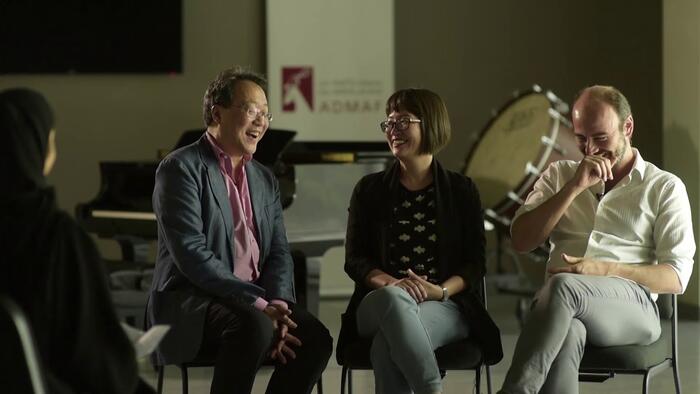History of Japanese War Brides
After the end of World War II, more than 45,000 young Japanese women married American GIs and came to the United States to embark upon new lives among strangers. The mother of Kathryn Tolbert, a former long-time journalist with The Washington Post, was one of them.
Kathryn noted, “I knew there was a story in my mother’s journey from war-time Japan to an upstate New York poultry farm. In order to tell it, I teamed up with journalists Lucy Craft and Karen Kasmauski, whose mothers were also Japanese war brides, to make a short documentary film through a mother-daughter lens. Fall Seven Times, Get Up Eight: The Japanese War Brides was released in August 2015 and premiered on BBC World Television. To show the experiences of many more women like our mothers, I spent a year traveling the country to record interviews, funded by a Time Out grant from Vassar College, my alma mater.”
The Japanese War Brides Oral History Archive is the result of her interviews. The Oral History Archive documents an important chapter of U.S. immigration history that is largely unknown and usually left out of the broader Japanese American experience. In these oral histories, Japanese immigrant women reflect on their lives in postwar Japan, their journeys across the Pacific, and their experiences living in the United States.
SPICE developed five lessons for the Japanese War Brides Oral History Archive that suggest ways for teachers to engage their students with the broad themes that emerge from the individual experiences of Japanese war brides. The lessons are: (1) Setting the Context; (2) Japanese Immigration to the United States; (3) The Transmission of Culture; (4) Notions of Identity; and (5) Conflict and Its Analysis. SPICE also developed a teacher’s guide for the film, Fall Seven Times, Get Up Eight: The Japanese War Brides, that helps teachers set the context for the film and provides guided viewing activities and debriefing activities. The lessons and teacher’s guide can be found at the webpage below.
Japanese War Brides: An Oral History Archive
Read More
SPICE has developed free lesson plans on an important chapter of U.S. immigration history that is largely unknown.
















 Silkroad Ensemble Musicians Yo-Yo Ma (cello), Haruka Fujii (percussion), and Kinan Azmeh (clarinet); photo courtesy Silkroad
Silkroad Ensemble Musicians Yo-Yo Ma (cello), Haruka Fujii (percussion), and Kinan Azmeh (clarinet); photo courtesy Silkroad



 Ambassador Rahm Emanuel; courtesy U.S. Embassy Tokyo
Ambassador Rahm Emanuel; courtesy U.S. Embassy Tokyo








